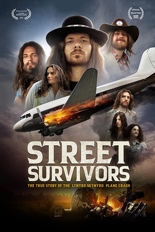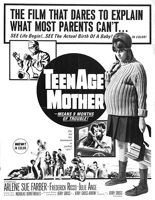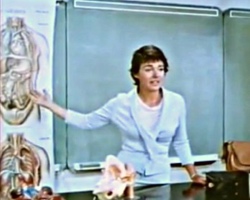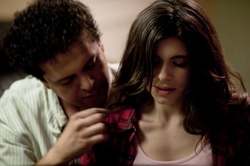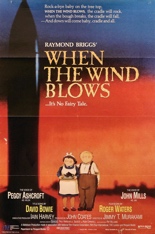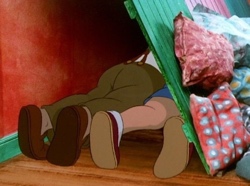
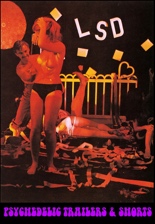 Hey, man, at your next happening — people still have those, right? — don’t stick a sugar cube atop a single tongue until you have the proper atmosphere for your guests.
Hey, man, at your next happening — people still have those, right? — don’t stick a sugar cube atop a single tongue until you have the proper atmosphere for your guests.
And by that, I mean the two-hour compilation LSD: Psychedelic Trailers & Shorts. Where else can you be terrified one minute by Sal Mineo’s suggestion of being trapped in a refrigerator, then amused the next as grown adults romp amid a groovy bedroom set with “LSD” spelled on the wall in letters insinuating it’s all going down on the shadiest corner of Sesame Street? (And does it help that the second scenario unfolds to a score that sounds like a 3-year-old dicking around with a theremin?)
From the pushers at dvdrparty, the clip comp begins with the infamous animated chicken from the hysteria-stirring docudrama The Weird World of LSD, which isn’t even the strangest sight here for your bloodshot eyes. That honor goes to the Lockheed-funded classroom scare film LSD: A Case Study, in which a young blonde hallucinates that the hot dog she’s about to eat is screaming and has the face of a Troll doll.
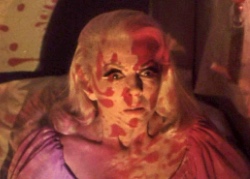 Other scenes shove aside the acts of tuning in and dropping out to emphasize turning on. If it’s not dancing with abandon to dancing between frat-house sheets (Stephen C. Apostolof’s College Girls Confidential), it’s outlining your sex partner’s naked body with whipped cream (Neon Maniacs director Joseph Mangine’s Smoke and Flesh).
Other scenes shove aside the acts of tuning in and dropping out to emphasize turning on. If it’s not dancing with abandon to dancing between frat-house sheets (Stephen C. Apostolof’s College Girls Confidential), it’s outlining your sex partner’s naked body with whipped cream (Neon Maniacs director Joseph Mangine’s Smoke and Flesh).
Elsewhere, a dozen trailers advertise all sorts of cinematic trips, including Roger Corman’s The Trip, Russ Meyer’s Beyond the Valley of the Dolls, the Lana Turner-starring The Big Cube and even the made-for-TV adaptation of Go Ask Alice. Whether taken in doses or all at once, the no-frills, far-out party disc presents some of the wackiest depictions of lysergic acid diethylamide ever to make their way to the bijou. —Rod Lott

